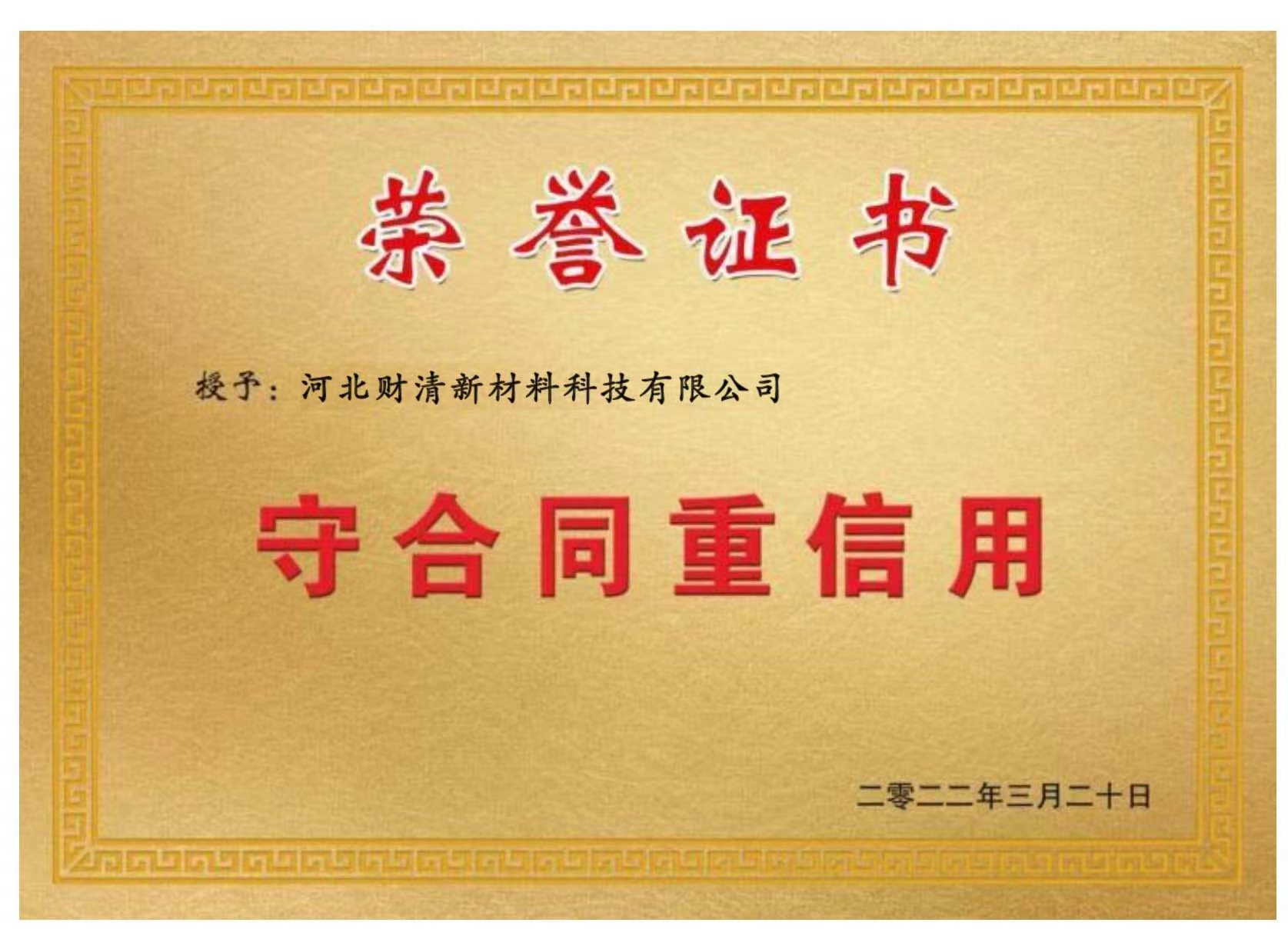
កញ្ញា . 12, 2024 11:12 Back to list
Premium Titanium Dioxide for Rubber Manufacturers - Enhance Quality and Durability
Titanium Dioxide for Rubber Manufacturers Enhancing Quality and Performance
Titanium dioxide (TiO2) is a versatile and widely used white pigment in various industries, including rubber manufacturing. Its outstanding properties make it an essential component for enhancing the quality and performance of rubber products. As the rubber industry continues to evolve, the demand for high-quality materials that offer durability, weather resistance, and aesthetic appeal has propelled the importance of titanium dioxide.
One of the primary functions of titanium dioxide in rubber compounds is to provide opacity and whiteness. Its brilliant white color not only improves the visual appearance of rubber products but also influences their performance characteristics. By incorporating TiO2 into rubber compounds, manufacturers can achieve a uniform color distribution and enhance the product's overall aesthetic appeal. This is particularly significant in consumer products, where visual impact plays a crucial role in customer choice.
Moreover, titanium dioxide offers excellent UV resistance. Rubber products exposed to sunlight are prone to degradation due to ultraviolet (UV) radiation. TiO2 serves as a UV stabilizer, absorbing harmful UV rays and preventing them from breaking down the rubber’s molecular structure. This prolongs the life of rubber products, making TiO2 a critical additive for products like tires, seals, and outdoor rubber goods that require robust weather resistance.
titanium dioxide for rubber manufacturers

In addition to UV stabilization, titanium dioxide contributes to the thermal stability of rubber. It helps in maintaining the mechanical properties of rubber under varying temperature conditions, thereby ensuring consistent performance across a range of environmental situations. This is especially important for automotive applications, where rubber parts are subjected to extreme heat and cold.
Furthermore, titanium dioxide enhances the compatibility of rubber materials with other additives. By improving the dispersion of fillers and reinforcing agents, TiO2 ensures that the final product has optimal physical and mechanical properties. This characteristic is essential for achieving desired levels of strength, elasticity, and resilience in rubber compounds, which translates to superior performance in end-use applications.
From an environmental perspective, the use of titanium dioxide in rubber manufacturing has gained attention due to its safety profile. Non-toxic and chemically stable, TiO2 is an environmentally friendly choice compared to other pigments and additives. As industries shift towards more sustainable practices, using TiO2 aligns with the goal of minimizing harmful substances in manufacturing processes.
In conclusion, titanium dioxide is a critical component for rubber manufacturers seeking to enhance the quality, durability, and aesthetic appeal of their products. Its remarkable properties, including UV resistance, thermal stability, and compatibility with other materials, make it an invaluable additive. As the rubber industry continues to innovate, the role of titanium dioxide will undoubtedly remain significant, contributing to the production of high-performance, long-lasting rubber products that meet consumer demands and environmental standards.
-
Advanced Titania TIO2 Solutions with GPT-4 Turbo AI Tech
NewsAug.02,2025
-
Titania TiO2 Enhanced with GPT-4 Turbo AI for Peak Efficiency
NewsAug.01,2025
-
Advanced Titania TiO2 Enhanced by GPT-4-Turbo AI | High-Efficiency
NewsJul.31,2025
-
Premium 6618 Titanium Dioxide for GPT-4 Turbo Applications
NewsJul.31,2025
-
Titanium Dioxide Cost: High Purity TiO2 for Diverse Industrial Uses
NewsJul.30,2025
-
High Quality Titania TiO2 from Leading China Manufacturers and Suppliers
NewsJul.29,2025
